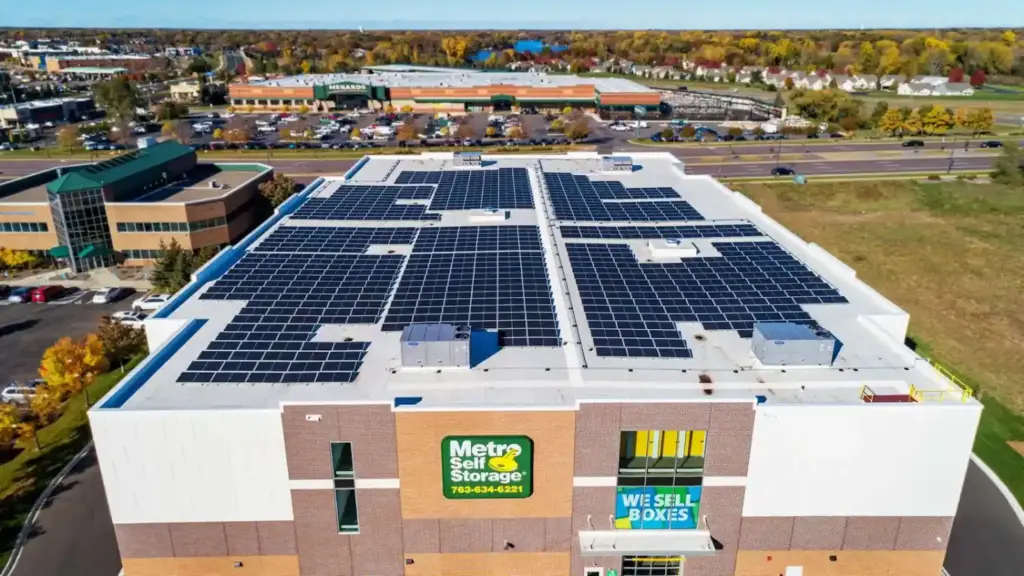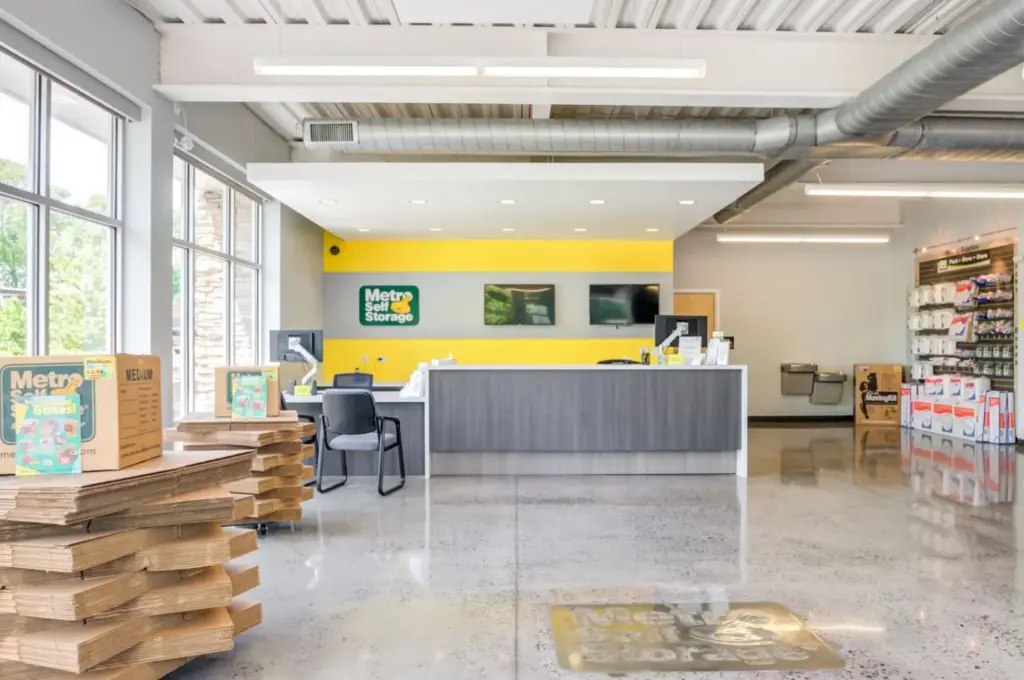
The History of Entrepreneurship in the Self Storage Industry
September 30, 2024 | Your Local Metro
Early entrepreneurs who identified a growing need for self storage include
visionary and Chicagoan Karl F. Nagel, the founder of Metro Self Storage. Nagel, who was inspired by the concept of mini-warehouses, built one of Chicago’s first self storage facilities in 1973, naming it “The Vault.” When people started moving their belongings through the mud before construction was complete, he knew this new business model would succeed. Fast forward to 1979, when the company was rapidly expanding across the Chicagoland area, its name officially changed to Metro Self Storage.
By understanding the need for accessible, secure storage, pioneers like Nagel evolved beyond traditional warehousing by creating spaces that offered appealing features and amenities and prioritized customer-focused service. The self storage entrepreneurs of fifty years ago probably didn’t envision the industry’s current state-of-the-art facilities—multistory, 100% climate-controlled buildings with drive-through loading and unloading, sensor lighting, rooftop solar panels, 24-hour security cameras, and online leasing and bill payment. Still, their vision has helped make life’s transitions and moving less stressful for millions of people.
Technology and Consumer Demand: Class A Storage Facilities Drive the Industry
Not all storage facilities are the same. Class A storage facilities incorporate state-of-the-art features to create an exceptional self storage experience. For example, climate-controlled storage facilities have expanded the types of items that can be stored safely for a few months or long term regardless of the location’s weather patterns. Expansive drive-through access bays at Class A facilities enable customers to protect themselves and their belongings from the elements when visiting their storage units. Also, Class A building exteriors are aesthetically pleasing and designed to look like modern office buildings with brick, glass, and steel building facades.
Equally important, today’s state-of-the-art storage facilities feature advanced security systems, including 24-hour digital surveillance, keypad-code access control, and individually alarmed units that provide consumers with a sense of security and peace of mind. Solar panels are increasingly installed on storage rooftops, reducing the facility’s carbon footprint and lowering operational costs. With these innovations, Class A facilities provide a combination of sustainability, security, and convenience that modern consumers expect.
Lifestyle Trends: Urban Living, Remote Work, and Downsizing Help Shape the Industry
Evolving lifestyle trends driven by various factors have led to an increased demand for self storage solutions. People continue to move back to urban centers, such as Chicago, Minneapolis, and Seattle. This urbanization trend has led to smaller apartment sizes and fewer parking spaces, creating a need for convenient and flexible household and vehicle storage near downtowns.
Another significant lifestyle change is how people work. During the pandemic, remote work became necessary. As a result, the number of people continuing to work remotely has led to a newfound mobility. Many remote workers choose to put their personal belongings in storage so they can travel more extensively before buying a home or starting a family.
The downsizing trend is also reshaping how people approach their living spaces. As retirees, empty-nesters, and even younger generations seek smaller homes or embrace minimalist living, the demand for practical storage solutions continues to grow. With a temporary or long-term storage solution, individuals can easily declutter and enjoy a more organized, mobile, and minimalist lifestyle.
The Storage Industry Embraces Solar and Sustainable Building Practices

Today, many self storage leaders are embracing sustainable practices, which include implementing eco-friendly construction materials, building energy-efficient facilities, and installing rooftop solar panels. One of the key trends is the incorporation of solar panels, which help Class A storage facilities (their expansive flat roof tops make them ideal for solar programs) generate clean energy, reduce their carbon footprint, and lower operational costs.
Beyond solar energy, leading storage providers like Metro Self Storage are embracing green construction methods. One is tilt-up construction, a commercial, large-scale building method that reduces onsite construction waste and transportation costs. Tilt-up construction keeps our new facilities at a steadier temperature, reducing the energy needed to cool or heat our self storage facilities.
Today’s Class A storage facilities are equipped with motion sensor LED lights, a cost-effective and energy-efficient lighting solution. These lights consume less electricity than fluorescent bulbs while providing superior illumination. They turn on automatically in response to movement and switch off after a period of inactivity, further reducing energy consumption.
Find Your Storage Solution with Metro Self Storage

Since opening our first facility in 1973, Metro Self Storage has grown into one of the nation’s most trusted storage providers, known for delivering exceptional customer service and building Class A facilities with top-tier amenities in convenient locations.
Our goal is to ensure you always have a great storage experience, whether you are visiting our website or one of our top-rated self storage facilities. If you’re ready to rent your storage unit online, you can reserve or rent online now. Still have more questions? We invite you to contact us for more information.



